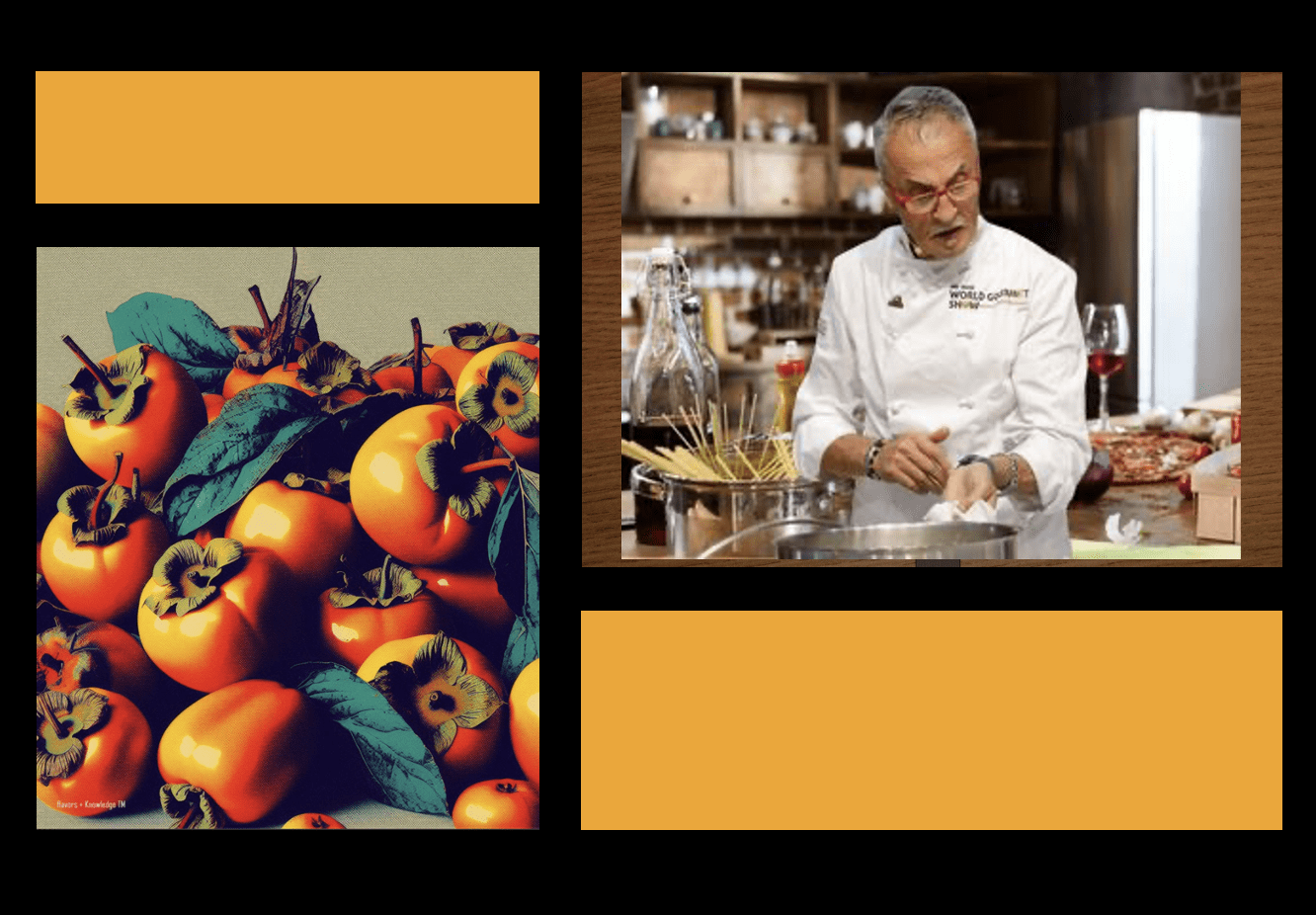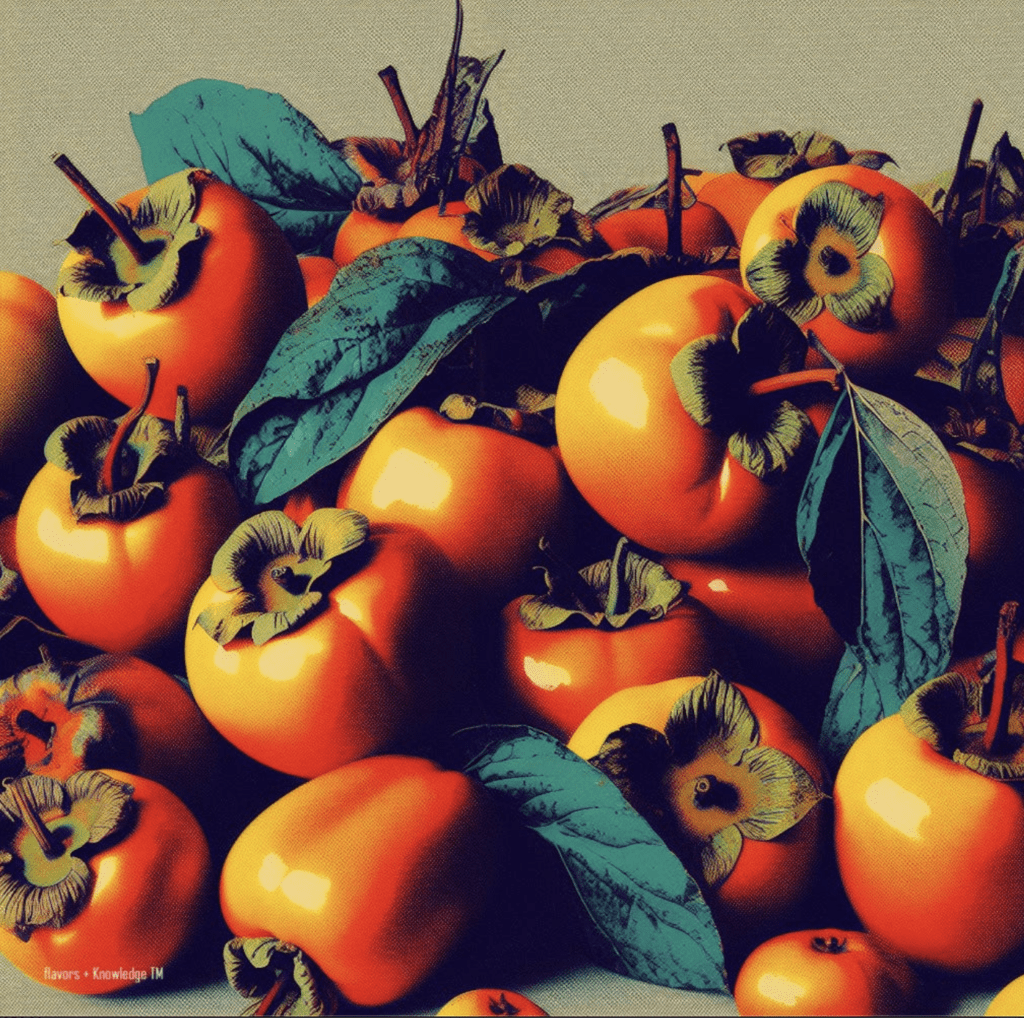Search Posts
Recent Posts
- Rose Island experts Sean O’Connor and Michael Simpson – G. Wayne Miller, Ocean State Stories June 11, 2025
- Time for Sour Grapes! – 6.11.25 – Tim Jones June 11, 2025
- Rhode Island Weather for June 11, 2025 – Jack Donnelly June 11, 2025
- What you should know about Social Security if your spouse passes away – Cheryl Tudino, SSA June 11, 2025
- It is what it is… 6.11.25 – Jen Brien June 11, 2025
Categories
Subscribe!
Thanks for subscribing! Please check your email for further instructions.

Ask Chef Walter: Preserving Paradise – Chef Walter Potenza
A guide to crafting delectable jams, zesty marmalades, and delightful jellies
Good morning, friends and RINT readers:
Gregory T. from Antelope, Oregon, inquired about various preserves and the technical procedures needed.
Here we go, Greg!

Making jams, jellies, and marmalades is a delightful way to enjoy the taste of seasonal fruits all year round. Whether you’re an experienced chef or a novice, creating homemade preserves is a fun and rewarding experience that captures the essence of each ingredient. This craft offers a hands-on, flavorful adventure that nurtures a deep appreciation for homemade goodness. From berry jams to citrusy marmalades, the possibilities are endless.
Preserves are made by adding sugar to fruits and thickening or jellifying them. Fruit jelly, jam, preserves, marmalades, and fruit butter are unique in their composition and preparation methods.
This article will delve into their intricacies.
Making jellied products requires a delicate balance of fruit, pectin, acid, and sugar to achieve the desired texture. High-quality, flavorful fruits are essential as they provide distinctive flavors and colors. Pectin, an all-natural substance commonly found in fruits, creates gels when mixed with acid and sugar. However, the amount of pectin varies between fruits, so it’s essential to combine them strategically to achieve the best gel.
It’s important to note that commercially frozen and canned juices may not contain enough natural pectin, resulting in soft textured spreads. The acidity quotient is also critical, as too little or too much acid can impede gel setting or lead to undesirable liquid loss, referred to as weeping.
When using low-acid fruits, adding lemon juice is recommended. Commercial pectin products contain acids that help balance and contribute to gelling.
Sugar is a preserving agent, flavor enhancer, and gelling facilitator primarily derived from cane and beet sources in traditional jelly or jam recipes. While corn syrup and honey may replace some sugar, it’s essential to be cautious to prevent overshadowing the fruit flavor and compromising the gel structure. It’s important to follow tested recipes precisely, as insufficient sugar can impede gelling and foster the growth of yeasts and molds.
Reduced sugar jellies and jams can be made using modified pectin, gelatin, or gums combined with noncaloric sweeteners. Additionally, concentrated fruit pulp, characterized by lower liquid and sugar content, offers an alternative for crafting spreads with diminished sweetness.
Sterilized Mason jars are essential to prevent mold growth and maintain freshness and color when filling them with hot food. Leave a 1/4 inch of headspace, seal them with self-sealing lids, and process them for 5 minutes in a boiling-water canner. The processing time may need to be adjusted if you reside at a higher elevation. It’s also advisable to use sterile jars to avoid weak gels. Additionally, sterilizing empty jars following the appropriate protocol is recommended.
Two fundamental methods exist in making jams and jellies. The standard method is tailored for fruits naturally abundant in pectin and doesn’t require additional pectin. Conversely, the expedited commercial pectin method caters to a quicker production timeline. It’s essential to be precise with the recommended quantities of pectin to achieve the best gel. Overcooking is cautioned against, as it may compromise the gel’s integrity.
Pay attention to the batch size and continuously stir the mixture while cooking to ensure a uniform gel consistency for each recipe developed for specific jar sizes.
Finally, to avoid mold growth that can pose a concern and potential health risk, it’s important to use sterilized jars when canning and refrigerate spreads made with gelatin and sugar substitutes.
Final thoughts:
Making jams and jellies is both an art and a science. It requires careful attention to the ingredients, precise methods, and strict adherence to established recipes. This detailed examination explains the complex process of gel formation, sugar dynamics, and ways to reduce sugar content while emphasizing how to prevent spoilage. Try the recipe below!

Here’s a simple recipe for Persimmon Marmalade:
Ingredients:
4 cups ripe persimmons, peeled and chopped
One lemon, juiced and zested
One orange, juiced and zested
4 cups granulated sugar
1/2 teaspoon butter (to reduce foaming)
One package (1.75 oz) of fruit pectin (such as Sure-Jell)
Instructions:
- Prepare the Persimmons:
- Peel and chop the persimmons, removing any seeds.
- Place the chopped persimmons in a large, heavy-bottomed pot.
To make the Persimmon Marmalade, follow these simple steps:
Add citrus zest and juice to the pot with the persimmons. Zest a lemon and an orange, and then juice them. Combine the zest and juice with the persimmons to create a tangy and sweet base.
Gradually stir granulated sugar into the persimmon mixture, ensuring it combines well with the fruit. This step is crucial to achieve the perfect balance of flavors.
Add butter to the pot to reduce foaming and prevent the mixture from boiling. Place the pot over medium heat and bring the mixture to a boil, stirring frequently to dissolve the sugar.
Once boiling, reduce the heat to medium-low and let it simmer for about 20-30 minutes, or until the persimmons have softened and the mixture has thickened. This step will help you achieve the perfect consistency for your marmalade.
Test for the gel point like a pro by placing a small plate in the freezer. Spoon a small amount of the mixture onto the cold plate and let it sit for a minute. Run your finger through it; it’s done if it wrinkles and holds its shape. If not, continue cooking and testing in 5-minute intervals until you get it right.
While the marmalade is cooking, sterilize your jars and lids by placing them in boiling water for at least 10 minutes. This step is essential to ensure your marmalade stays fresh and bacteria-free for a long time.
After reaching the desired consistency, carefully ladle the marmalade into the sterilized jars, leaving about 1/4 inch headspace. This step will help you avoid any spills or mess on the jars.
Wipe the jar rims to ensure they are clean, place the sterilized lids on top, and screw on the metal bands until they are fingertip-tight. This step will help you seal the jars correctly and avoid any contamination.
If you want to store the marmalade for an extended period, you can process the jars in a water bath for 10 minutes. Ensure the jars are covered with at least 1 inch of water to prevent any air from entering the jars.
Allow the jars to cool completely on a clean kitchen towel or cooling rack. Check the seals, and store the sealed jars in a cool, dark place. This step is crucial to ensure your marmalade stays fresh and tasty for a long time.
Now that you have made your homemade Persimmon Marmalade, enjoy it on toast, as a topping, or in various recipes! You can be confident that your marmalade will be a hit with everyone who tries it.
(Flavors + Knowledge Editorial Board)

Meet Chef Walter!
There is a constant, recognizable thread in the career of Walter Potenza to elevate the level of Italian culinary culture in the United States. Besides his unquestionable culinary talent and winning business perspective, Chef Walter has been a relentless educator with passion and knowledge who defeats stereotypes. His life, career, and values are a model, an example to follow by any chef of Italian gastronomy working outside Italy.
Chef Walter appears regularly on National and International Networks such as Food Network, ABC, CBS, NBC, RAI, FOX, and Publications such as NY. Times, Washington Post, Wall Street Journal, Food & Wine, Saveur, Gourmet, and several Italian media outlets. And now – RINewsToday!
Travel with Chef Walter!

Chef Walters Cooking School, Cranston, Rhode Island. (Book a class, or purchase a certificate)

